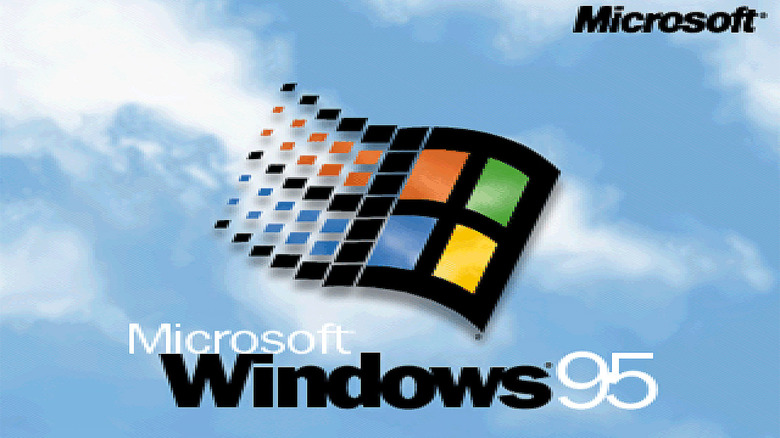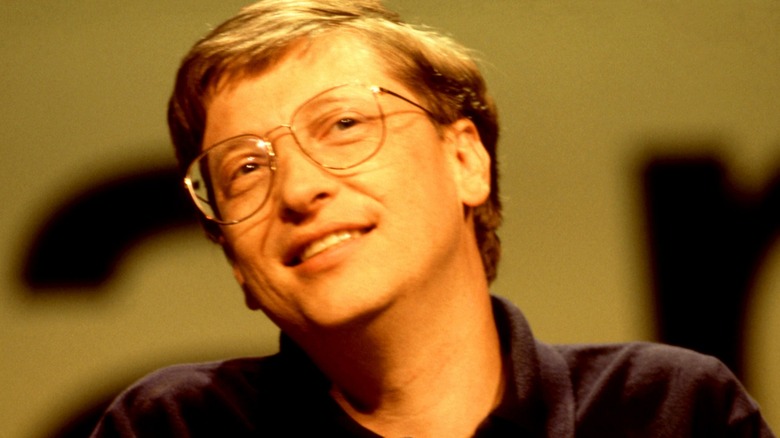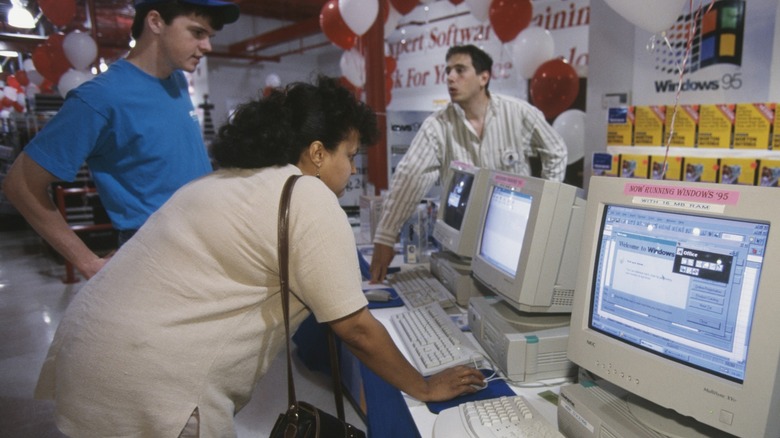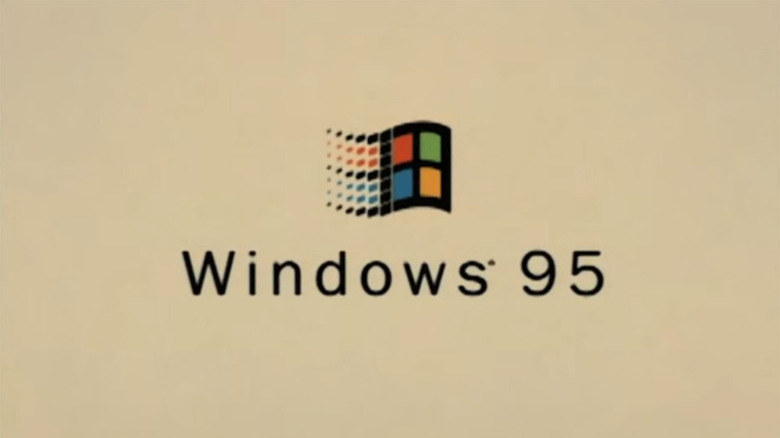Why The Launch Of Windows 95 Was Such A Huge Deal
The 1990s are remembered as the start of a technological revolution and the beginning of the digital era with the recent birth of the internet and the mass adoption of personal home computers. Fast forward to 2023, and the impact computers have had is undeniable, as digital devices intersect with nearly every aspect of our daily lives. In addition to companies like America Online and Apple, Microsoft was emerging as the biggest operating system developer in the world. This dominance was spurred largely in part by the creation of Windows 95.
The original Windows 1.0 Operating System (OS) was released in 1985, but it would be 10 years later, on August 24, 1995, when Microsoft released what would eventually become the most widely used OS in the world for an introductory price of $210 per box. Today, over 69.5 percent of computer users utilize Windows as their operating system, arguably all starting with the mass adoption of the Windows 95 OS.
Microsoft spent millions on Windows 95 marketing
There was a lot of investment in Windows 95 marketing, and though many of the campaigns are joked about today, during the '90s, the ads were very effective. According to the Washington Post, in 1995, sales and marketing expenses for Microsoft rose year-over-year from $395 million to $621 million, with much of the money attributed to the marketing of Windows 95. If adjusted for inflation, this would be over a billion dollars today.
Ad campaigns with well-known celebrities like the Rolling Stones, Jennifer Aniston, and Matthew Perry, as well as innumerable commercials on television, ensured that even if Americans didn't know what a PC or Windows was, they knew it existed, and it was something to be excited about. Just a few years earlier, computers were viewed as a high-barrier-to-entry activity that only researchers and engineers used. The marketing for Windows 95 made it seem like anyone could use it — and that was exactly what Microsoft had in mind.
What little of the operating system's features they did show in advertising were focused on the brand-new Start button used for Windows 95, something that would unironically become a lynchpin in the platform's success. Ultimately, the advertising and marketing campaigns would prove successful, and Windows 95 would go on to sell over 40 million copies within its first year.
Windows 95 had an easy-to-use interface
Although Windows 95 was not much different in core functionality than its predecessor, Windows 3.1, the software was updated in a few notable ways. For one, Windows 95 was developed to integrate with the new 32-bit processors. Other quality-of-life enhancements, like more characters in file names, plug-and-play peripheral integration, and easy access to the World Wide Web made Windows 95 the attractive option for non-tech-savvy users, which was the vast majority of the worldwide population at the time.
However, the largest difference — arguably making Windows 95 successful by itself — was the new user-friendly graphical user interface or GUI. The new Start button was intuitive and easy to use, and a persistent taskbar at the bottom of the screen made multitasking — a relatively new activity — possible on the new platform.
Windows had been inspired by the most successful GUIs at the time, including Mac OS, and integrated similar functionality into Windows 95 but improved it by making software selection more obvious via the taskbar and Start menu. Windows 95's emphasis on home use was evident with the addition of functions like individual user profiles. All these intentional choices showed a cohesive vision for Microsoft, with a concentration on wide adoption. It stands as one of the best examples of intuitive design in early home computing.
Windows 95 connected many people to the internet for the first time
Though other operating systems also enabled internet connectivity, like the Macintosh Quadra computer, Windows was arguably the first company to make it easy to access for the general public. The Microsoft Network, or MSN, was packaged with Windows 95 and provided users with access to email, chat rooms, and the ability to connect to websites using a home phone line via dial-up internet. Though AOL was the dominant force as the top Internet Service Provider around this time, it had to run on an operating system, and for many, that was Windows 95.
The effect of having an easy-to-use operating system in Windows 95, alongside the birth of the internet, can't be overstated. Easily accessible information and low-cost forms of communication have changed the way we live life and do business. Together, the internet and Windows 95 helped connect millions of people across the globe to each other, and provided a treasure trove of information that could be accessed in minutes.
Today, devices like a computer or smartphone and access to the internet are essential in many parts of the world for daily life, and is something our global infrastructure relies on. Windows 95 helped introduce an entire generation to computers and made it easy enough to understand without an advanced mathematics degree.



